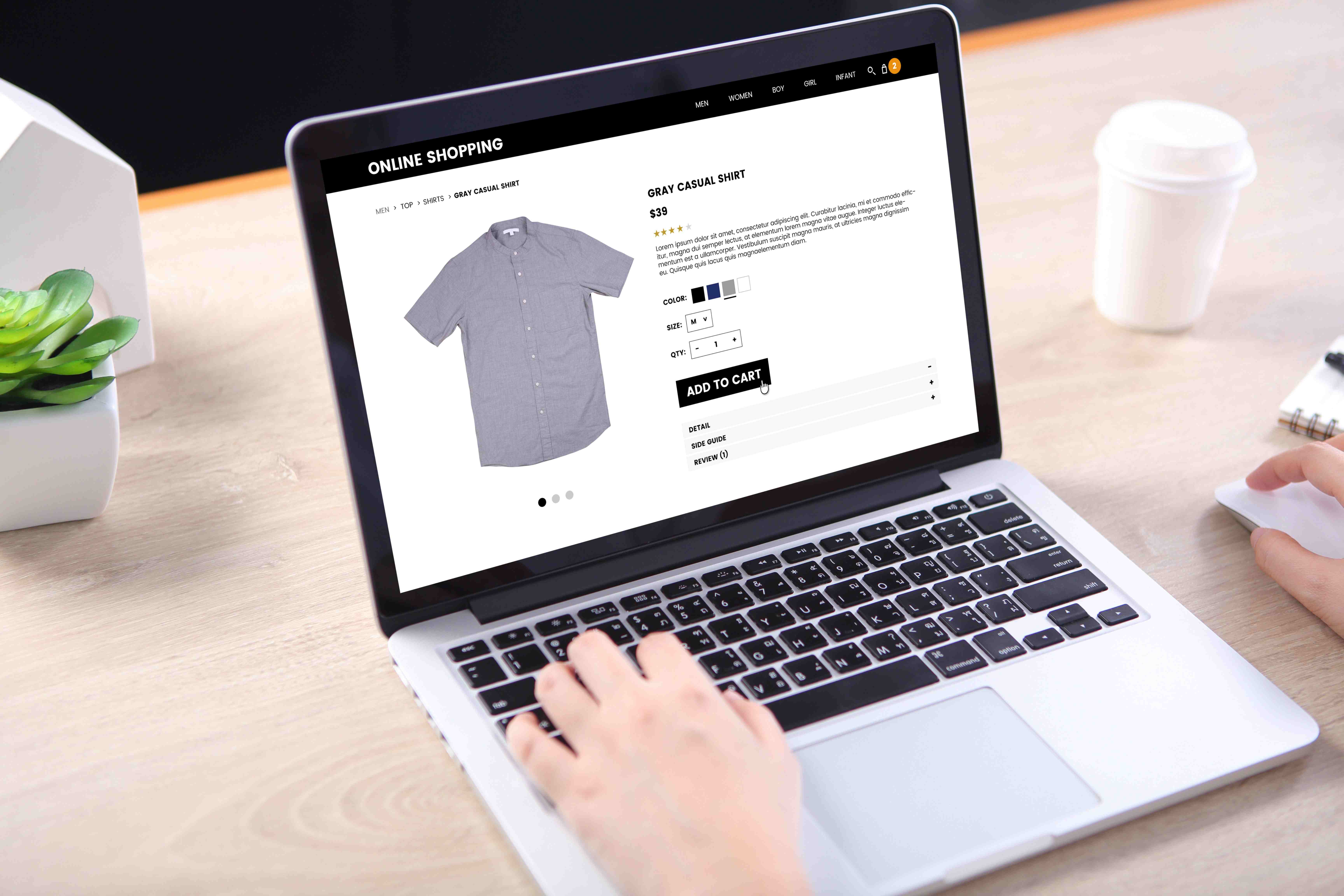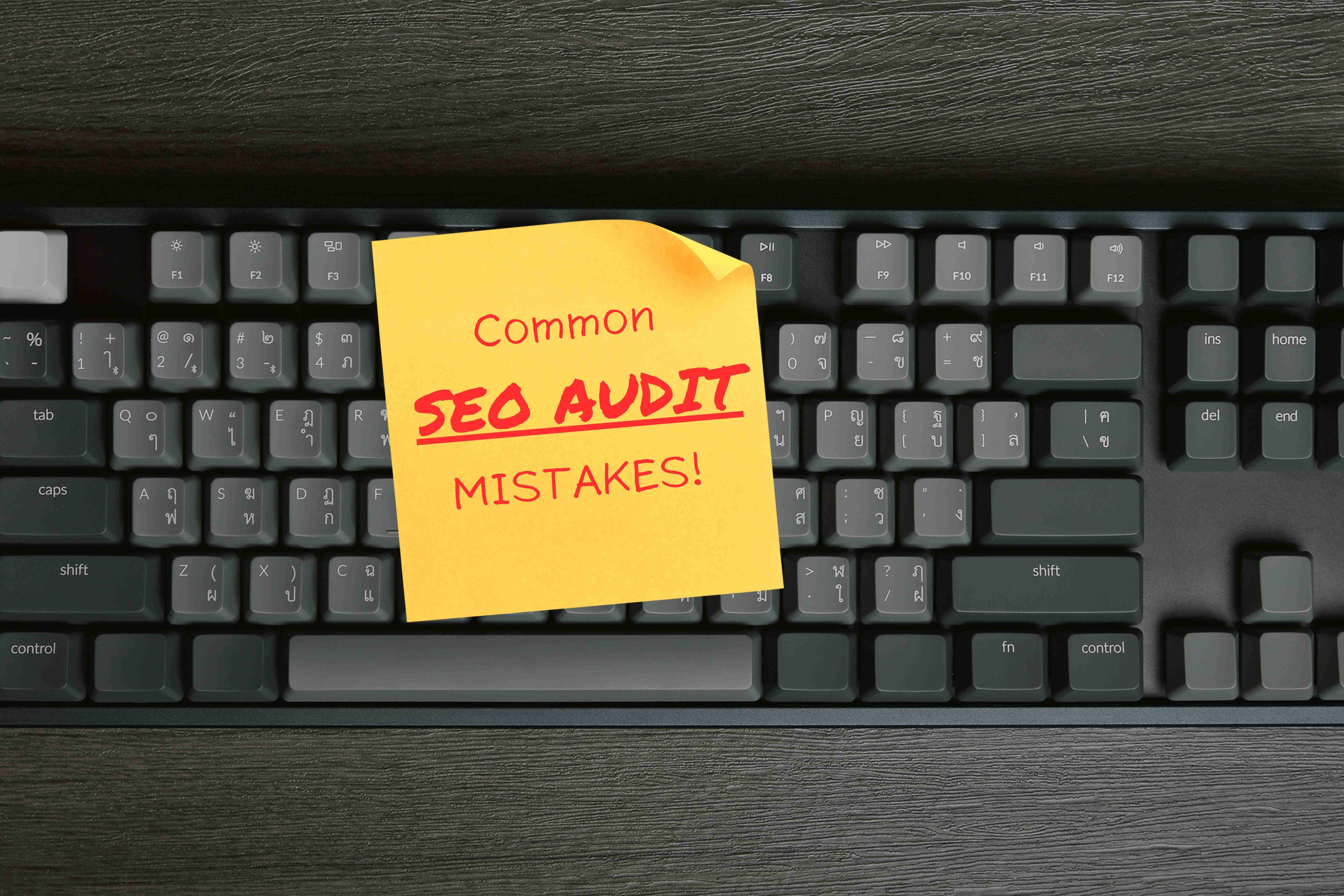Visual search is revolutionizing e-commerce, offering customers a way to find exactly what they’re looking for through images rather than keywords. For business owners aiming to improve visibility and drive organic traffic, understanding how visual search affects SEO is crucial. This article explores the impact of visual search on e-commerce SEO, with actionable tips and insights into the latest trends.
Table of Contents
- What is Visual Search and Why is it Important for E-commerce?
- How Visual Search Affects E-commerce SEO
- Best Practices for Optimizing Images for Visual Search
- Latest SEO Trends for Visual Search in E-commerce
- Conclusion
- About Don Hesh SEO
What is Visual Search and Why is it Important for E-commerce?
Visual search uses image recognition technology to help users search for products, information, or similar visuals online. Instead of typing in text, users can take or upload a photo to find visually similar items or related information.
Why Visual Search Matters for E-commerce
Visual search is particularly valuable for e-commerce businesses because:
- Enhanced User Experience: Customers can find products directly by uploading images, creating a quicker, more intuitive shopping experience.
- Increased Discoverability: Products optimized for visual search have greater visibility on search engines, reaching more users.
- Higher Conversion Rates: Visual search often leads to more accurate product matches, resulting in higher sales.
With giants like Google, Pinterest, and Amazon investing in visual search technology, it’s clear that this trend is here to stay.
How Visual Search Affects E-commerce SEO
The growth of visual search has a direct impact on e-commerce SEO, with a shift toward image-focused optimization and a greater emphasis on high-quality, relevant visuals.
1. Increased Importance of Image Quality and Relevance
High-quality images are crucial, as they increase the likelihood of ranking in image search results. Product images should be clear, detailed, and relevant to user searches.
2. Alt Text and Image Descriptions Matter More Than Ever
Alt text plays a significant role in helping search engines understand image content. Relevant, keyword-rich alt text boosts visibility in visual search results, so it’s vital to include accurate descriptions.
3. Optimizing File Names for SEO
Image file names are used by search engines to categorize visual content. Using descriptive, keyword-rich file names can increase the chances of ranking higher in visual search.
4. Structured Data for Enhanced Indexing
Using structured data (schema markup) helps search engines index images effectively, which improves the likelihood of appearing in image-based search results. Adding structured data like Product or ImageObject schema is beneficial for e-commerce sites.
5. Role of Image Sitemaps
Image sitemaps allow search engines to crawl and index images, which is essential for e-commerce sites with extensive visual content. By providing search engines with an organized structure, you improve image visibility in search results.
Best Practices for Optimizing Images for Visual Search
To ensure your e-commerce store is optimized for visual search, follow these best practices for image optimization:
1. Use High-Resolution Images
Clear, high-quality images rank better in visual searches. Use professional images that showcase your products from multiple angles, enhancing the user experience and increasing the chance of conversions.
2. Write Descriptive, Keyword-Rich Alt Text
Alt text should accurately describe each image, including relevant keywords. Avoid stuffing keywords; focus on providing a description that helps both users and search engines understand the image’s content.
- Example: Instead of “shirt,” write “red cotton men’s button-down shirt with long sleeves.”
3. Use Descriptive File Names
File names should reflect the content of the image. Avoid generic names like “IMG1234.jpg” and use descriptive terms with relevant keywords.
- Example: Name an image file “blue-denim-jacket-womens-fashion.jpg” instead of “image1.jpg.”
4. Add Structured Data Markup
Schema markup, or structured data, helps search engines categorize and display images. Adding Product schema for product images is especially effective in e-commerce.
- Example: Include schema properties such as
name,description,image, andpricefor product listings to enhance search visibility.
5. Optimize Image File Sizes
Large image files slow down website loading times, impacting user experience and SEO. Use tools like TinyPNG or Squoosh to compress images without sacrificing quality.
6. Utilize Image Sitemaps
Including images in your sitemap ensures that search engines index them correctly. For e-commerce stores with a large number of product images, an image sitemap is essential for improved visibility.
7. Leverage Lazy Loading for Faster Page Load
Lazy loading delays the loading of images until they’re needed, improving page speed. Faster loading times not only enhance user experience but also boost SEO rankings.
Latest SEO Trends for Visual Search in E-commerce
Staying updated with the latest SEO trends can give your business a competitive edge. Here are some of the top trends in visual search and image SEO:
1. AI-Driven Visual Recognition
AI technology now allows search engines to recognize objects, colors, and even moods within images. Optimizing your product images with accurate descriptions and schema helps AI engines categorize them more accurately.
2. Video and Image Thumbnails in Search Results
Video and image thumbnails have become popular in search results. Creating high-quality, optimized video content with thumbnails that appear in search results can help increase engagement.
3. Voice Search and Visual Content
As voice search grows, users are more likely to use conversational phrases in their searches. Use natural, question-based keywords in image descriptions to optimize for these queries.
- Example: Instead of “black shoes,” use “Where can I buy black dress shoes?”
4. Mobile Optimization
Since visual search is highly used on mobile devices, it’s essential to have mobile-optimized images. Ensure your website design is responsive, with images scaled for mobile browsing.
5. Accessibility and Inclusivity
Including alt text, captions, and audio descriptions for images ensures accessibility for all users. Making your images accessible also positively affects SEO by enabling search engines to understand your content better.
6. Core Web Vitals for Image SEO
Google’s Core Web Vitals metrics prioritize page loading speed and user interactivity. Optimizing images to load quickly and not interfere with the page’s stability is crucial for high Core Web Vitals scores.
Conclusion
Visual search is transforming how customers shop online, especially in the e-commerce space. By optimizing visual content, businesses can improve search engine visibility, attract more organic traffic, and enhance user experience. Effective strategies—like using high-quality images, descriptive alt text, and structured data—can make a significant difference in how your products are discovered. Staying updated on trends such as AI-driven recognition and mobile optimization will help you maintain a competitive edge in the evolving landscape of visual search.
About Don Hesh SEO
Don Hesh SEO is a leading SEO consultant and Google Ads consultant dedicated to helping businesses enhance their online presence and drive organic traffic. Our expertise in AI-driven SEO strategies ensures that your business stays ahead of the competition. Partner with SEO Sydney to leverage the latest AI technologies and achieve your SEO goals efficiently and effectively.



